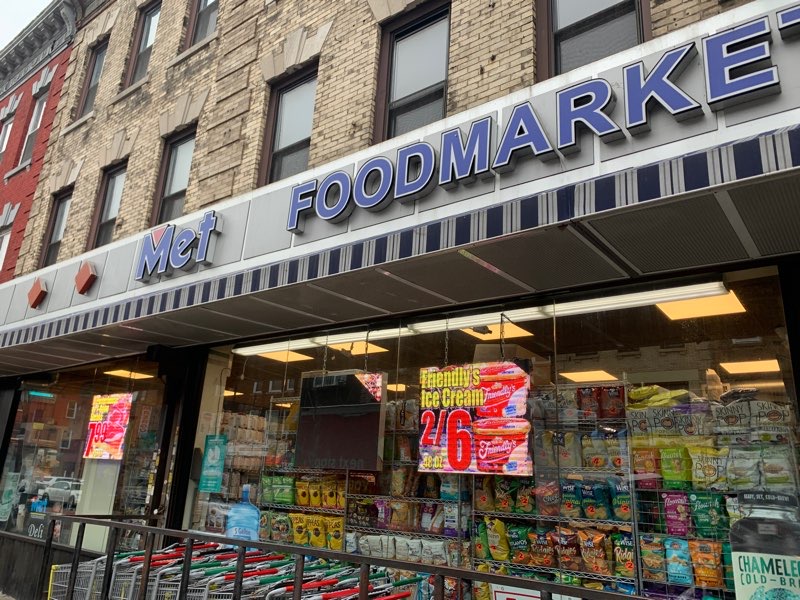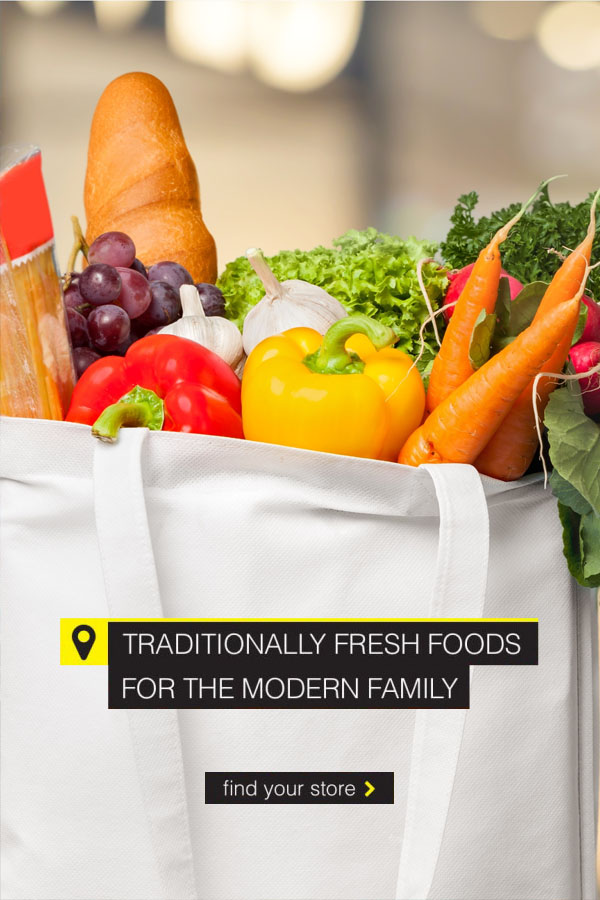Met food is a revolutionary concept that is transforming the way we think about nutrition and dietary choices. It represents a fusion of modern technology, sustainable practices, and health-conscious eating habits. As the world becomes increasingly aware of the importance of balanced diets and environmental responsibility, met food offers a unique solution that caters to these needs.
In recent years, the demand for innovative food solutions has grown significantly. With the rise of plant-based diets, lab-grown meat, and sustainable farming practices, met food has emerged as a leading trend in the food industry. This article will delve into the intricacies of met food, exploring its benefits, challenges, and future potential.
Whether you're a health enthusiast, an environmental advocate, or simply curious about the future of food, this guide will provide you with all the information you need to understand the concept of met food and its significance in today's world.
Read also:Jurassic World Dominion A Thrilling Conclusion To A Legendary Saga
Table of Contents
- What is Met Food?
- Benefits of Met Food
- Challenges Facing Met Food
- Types of Met Food
- Met Food and Sustainability
- Health Impacts of Met Food
- Economic Impact of Met Food
- Met Food Technologies
- Consumer Perception of Met Food
- Future of Met Food
What is Met Food?
Met food refers to a category of food products that are designed to meet specific nutritional, environmental, and health requirements. These foods are often created using advanced technologies, such as cellular agriculture, 3D food printing, and genetic engineering. The primary goal of met food is to provide consumers with healthier, more sustainable, and ethical food options.
Origins of Met Food
The concept of met food has its roots in the growing concern over global food security and environmental sustainability. With the world's population expected to reach 9.7 billion by 2050, traditional farming methods are no longer sufficient to meet the increasing demand for food. This has led scientists and entrepreneurs to explore alternative ways of producing food that are both efficient and environmentally friendly.
Key Characteristics of Met Food
- Highly nutritious and tailored to meet specific dietary needs.
- Produced using sustainable and eco-friendly methods.
- Often free from animal-derived ingredients, making them suitable for vegans and vegetarians.
- Innovative and technologically advanced.
Benefits of Met Food
Met food offers a wide range of benefits that make it an attractive option for consumers, producers, and the environment alike. Below are some of the most significant advantages:
Environmental Benefits
Met food production has a much lower environmental footprint compared to traditional farming. It requires significantly less water, land, and energy, while also reducing greenhouse gas emissions. According to a report by the World Resources Institute, switching to plant-based diets could reduce food-related greenhouse gas emissions by up to 70%.
Health Benefits
Met food is often fortified with essential vitamins and minerals, making it a healthier alternative to conventional food products. Additionally, many met food options are free from harmful additives, preservatives, and allergens, making them suitable for people with special dietary requirements.
Economic Benefits
The production of met food is generally more cost-effective than traditional farming, as it requires fewer resources and less labor. This could lead to lower food prices and increased accessibility for consumers worldwide.
Read also:Emma Anthuria Unveiling The Rising Star In The Entertainment Industry
Challenges Facing Met Food
Despite its numerous advantages, met food also faces several challenges that need to be addressed for it to become a mainstream food option. Some of these challenges include:
Regulatory Hurdles
Met food is a relatively new concept, and many countries have yet to establish clear regulations and standards for its production and distribution. This lack of regulatory framework can hinder the growth and adoption of met food products.
Consumer Acceptance
Many consumers are skeptical about the safety and nutritional value of met food. Educating the public about the benefits and safety of these products is crucial for increasing their acceptance and adoption.
Technological Limitations
While significant progress has been made in met food technology, there are still limitations that need to be overcome. For example, the cost of producing some met food products remains prohibitively high, making them inaccessible to many consumers.
Types of Met Food
There are several types of met food, each with its unique characteristics and applications. Below are some of the most common types:
Plant-Based Meat
Plant-based meat is made from plant proteins and is designed to mimic the taste, texture, and appearance of traditional meat. Popular brands such as Beyond Meat and Impossible Foods have gained significant traction in recent years.
Lab-Grown Meat
Lab-grown meat, also known as cultured meat, is produced by cultivating animal cells in a controlled environment. This method eliminates the need for traditional animal farming and offers a more sustainable and ethical alternative.
3D-Printed Food
3D-printed food uses advanced technology to create customized food products based on individual nutritional needs and preferences. This innovation has the potential to revolutionize the way we think about food production and consumption.
Met Food and Sustainability
Sustainability is one of the key drivers behind the development of met food. By reducing the environmental impact of food production, met food offers a viable solution to some of the world's most pressing ecological challenges. Below are some ways in which met food contributes to sustainability:
Reduced Resource Consumption
Met food production requires significantly less water, land, and energy compared to traditional farming methods. This makes it a more sustainable option for meeting the world's growing food demands.
Lower Greenhouse Gas Emissions
Met food production generates fewer greenhouse gas emissions than conventional farming practices. This helps to mitigate climate change and its associated impacts.
Biodiversity Preservation
By reducing the need for large-scale farming operations, met food helps to preserve natural habitats and protect biodiversity.
Health Impacts of Met Food
Met food has the potential to significantly improve public health by providing consumers with healthier and more nutritious food options. Below are some of the ways in which met food can impact health:
Improved Nutrition
Met food is often fortified with essential vitamins and minerals, making it a more nutritious alternative to conventional food products. This can help to address nutritional deficiencies and improve overall health outcomes.
Reduced Risk of Chronic Diseases
Many met food options are low in saturated fats, cholesterol, and other harmful substances that contribute to chronic diseases such as heart disease and diabetes. By incorporating more met food into their diets, consumers can reduce their risk of developing these conditions.
Economic Impact of Met Food
The economic impact of met food is significant, as it has the potential to disrupt traditional food production systems and create new opportunities for growth and innovation. Below are some of the economic benefits of met food:
Job Creation
The development and production of met food require skilled labor, creating new job opportunities in fields such as biotechnology, engineering, and food science.
Innovation and Entrepreneurship
Met food has sparked a wave of innovation and entrepreneurship, with numerous startups and established companies investing in this emerging market.
Met Food Technologies
The production of met food relies on cutting-edge technologies that enable the creation of innovative and sustainable food products. Below are some of the most important technologies driving the met food revolution:
Cellular Agriculture
Cellular agriculture involves cultivating animal cells in a controlled environment to produce meat and other animal products without the need for traditional farming.
3D Food Printing
3D food printing uses advanced technology to create customized food products based on individual nutritional needs and preferences.
Consumer Perception of Met Food
Consumer perception plays a crucial role in the success of met food. To increase acceptance and adoption, it is essential to address common concerns and misconceptions about these products. Below are some strategies for improving consumer perception:
Education and Awareness
Providing consumers with accurate information about the benefits and safety of met food can help to dispel myths and increase acceptance.
Product Transparency
Being transparent about the production process and ingredients used in met food can help to build trust and confidence among consumers.
Future of Met Food
The future of met food looks promising, with continued advancements in technology and increasing consumer demand driving innovation and growth in this sector. Below are some trends and predictions for the future of met food:
Increased Accessibility
As production costs decrease and technology improves, met food is expected to become more accessible to consumers worldwide.
Expansion into New Markets
Met food is likely to expand into new markets, including developing countries, where it can help to address food insecurity and malnutrition.
Integration with Traditional Food Systems
In the future, met food may become an integral part of traditional food systems, offering consumers a wider range of choices and promoting a more sustainable and equitable food supply chain.
Conclusion
Met food represents a revolutionary shift in the way we produce and consume food. By addressing critical issues such as environmental sustainability, public health, and economic development, met food offers a promising solution to some of the world's most pressing challenges. As technology continues to advance and consumer demand grows, the future of met food looks brighter than ever.
We encourage you to share your thoughts and experiences with met food in the comments below. Additionally, feel free to explore other articles on our site to learn more about the latest trends and innovations in the food industry.

